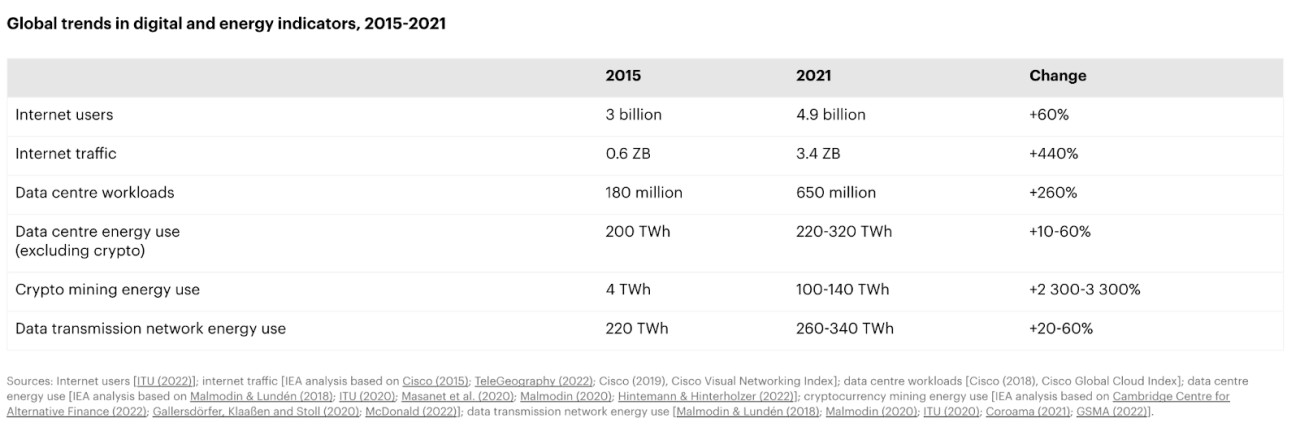|
Listen to this story
|
The widespread adoption of cloud has brought about a big shift in the software engineering practices of organisations, particularly in the realm of developing and deploying cloud-based IT solutions. But just shifting to the cloud isn’t enough, organisations are also demanding sustainable cloud infrastructures due to the growing need to decrease greenhouse gas emissions.
However, many companies still refuse to prioritise sustainability over the false beliefs that energy usage is negligible or already optimised. But the overall push towards greener alternatives in business has turned sustainability into the norm.
Read more: How This Indian IT Giant Surpassed Others in Achieving Carbon Neutrality
Importance of Sustainability Goals for Cloud Service Providers
Cloud service providers have established various corporate objectives for sustainability, which dictate their approaches to constructing, energising, operating, and decommissioning their data centers. Cloud providers have distinct sustainability goals that guide their strategies for designing, constructing, energising, managing, and decommissioning their data centers.
Findings from a McKinsey report highlighted the need to address carbon emissions in the IT industry, with end-users and data centers being the biggest culprits. In contrast, cloud-based workloads have been shown to generate far fewer emissions.
Meanwhile, another report by the International Energy Agency (IAE) revealed that global data centers consumed a staggering 200 terawatt-hours (TWh) of energy in 2022, with consumption expected to grow even further in the future. This is a call to action for all organisations to embrace sustainable and energy-efficient practices when it comes to cloud computing and data management.
Cloud computing requires continuous running of components in Cloud Data Centers (CDC), which contributes to high energy costs and carbon footprint. To attain sustainable cloud services, there is a need for energy-aware resource management, efficient cooling mechanisms, and data center relocation based on waste heat recovery, green resources, and free cooling proximity. Resource management overall should be done in a holistic manner to reduce energy consumption in CDCs.

How can Software’s Carbon Footprint be improved?
Effective communication in software applications requires a lot of energy, making it the most energy-consuming factor compared to others. By reducing data payloads and eliminating redundant communication, businesses can save up to four metric tons of greenhouse gases per year. To cut down the computational effort, organisations can use pure functions, limit abstraction layers, and aggregate incoming data.
Companies should also involve end-users in decision-making and assess the costs and benefits of non-functional requirements. Educating users on conscious trade-offs to save energy can also help. Longer latency may allow moving computation to regions with greener energy sources. Upgrading software without considering the customer’s needs can lead to unnecessary additional features and functionalities that lead to higher computation and carbon footprint.
Road Ahead
It is crucial for developers, CTOs, and companies to act to enhance sustainability in software and data. They can minimise carbon footprints by adopting a conscious approach towards their decisions and making environmental sustainability a non-negotiable aspect of their software development process. Measuring the environmental impact of software as a metric can further strengthen their efforts. Such actions can pave the way for considerable reductions in carbon emissions and positively impact the environment.
Read more: AI Startups Need to Learn Stability Tricks from Databricks




















































































